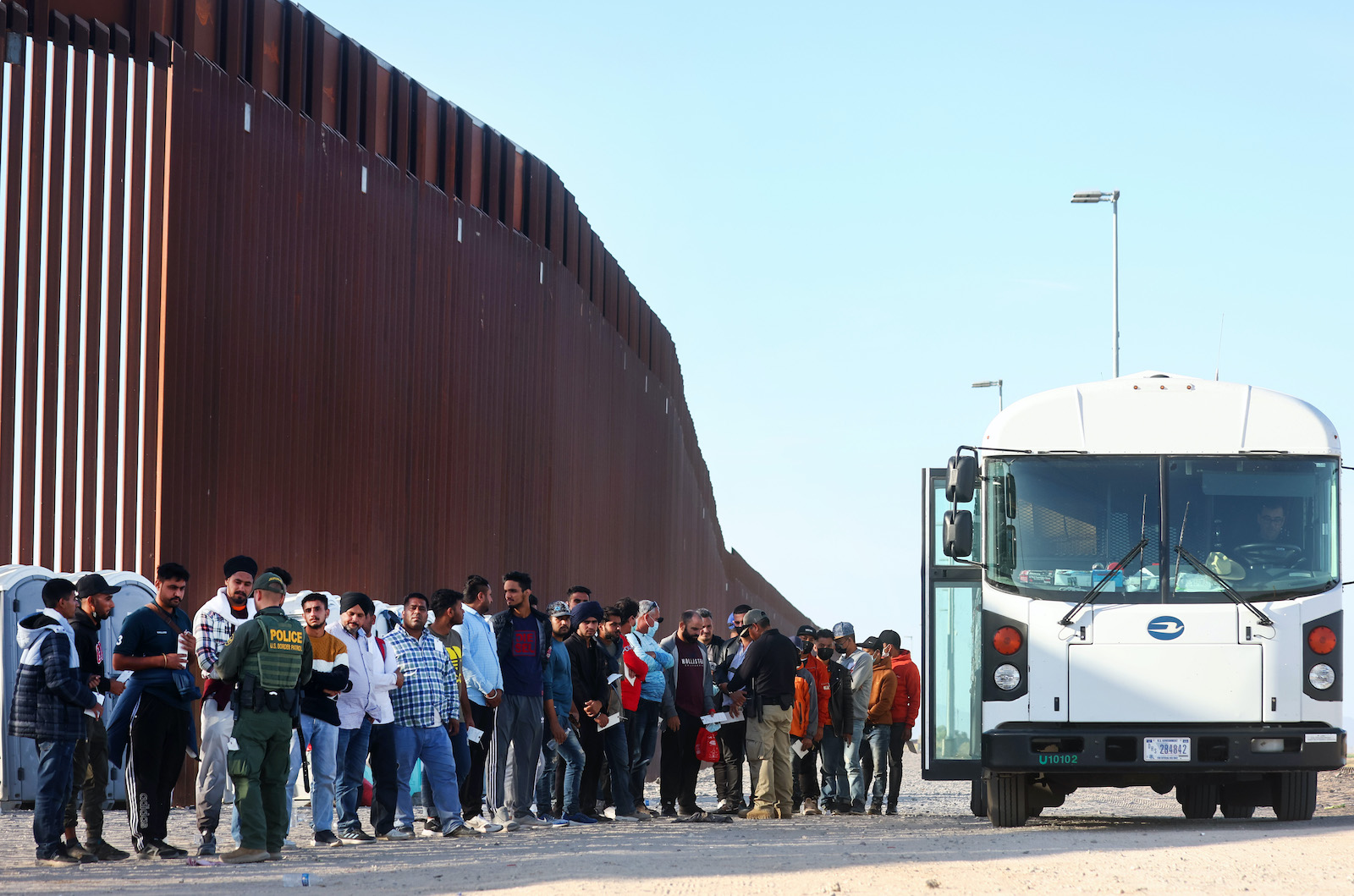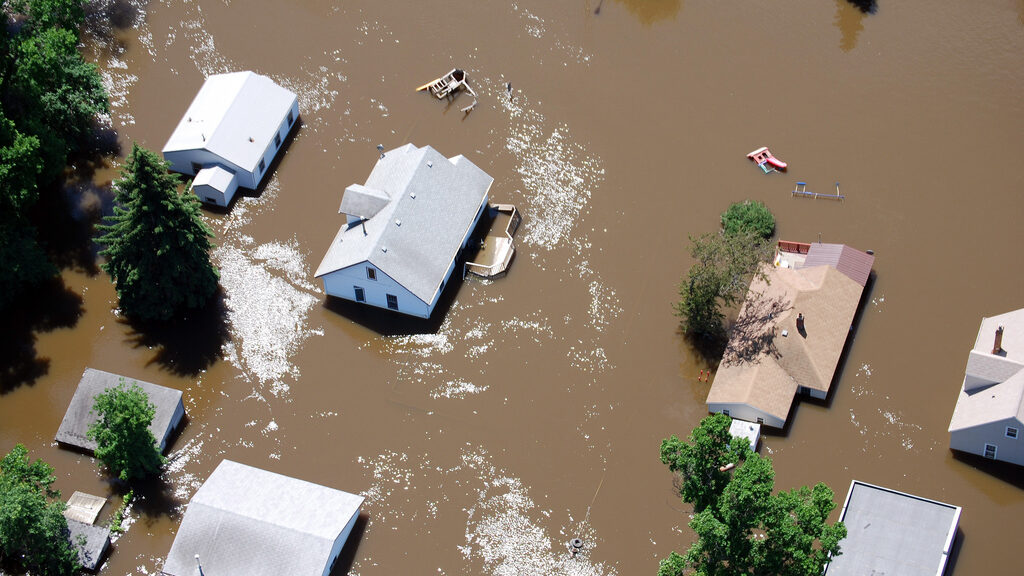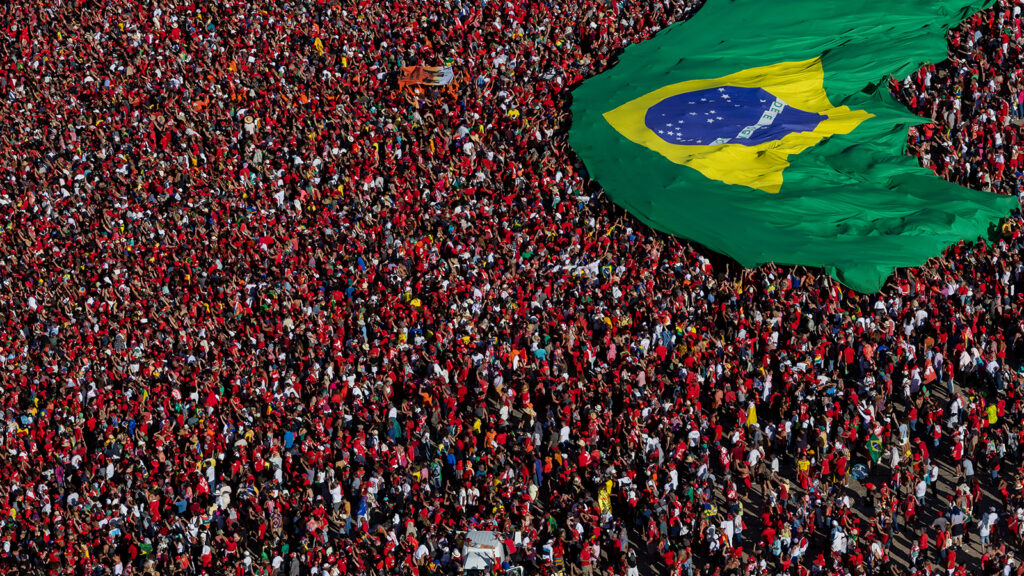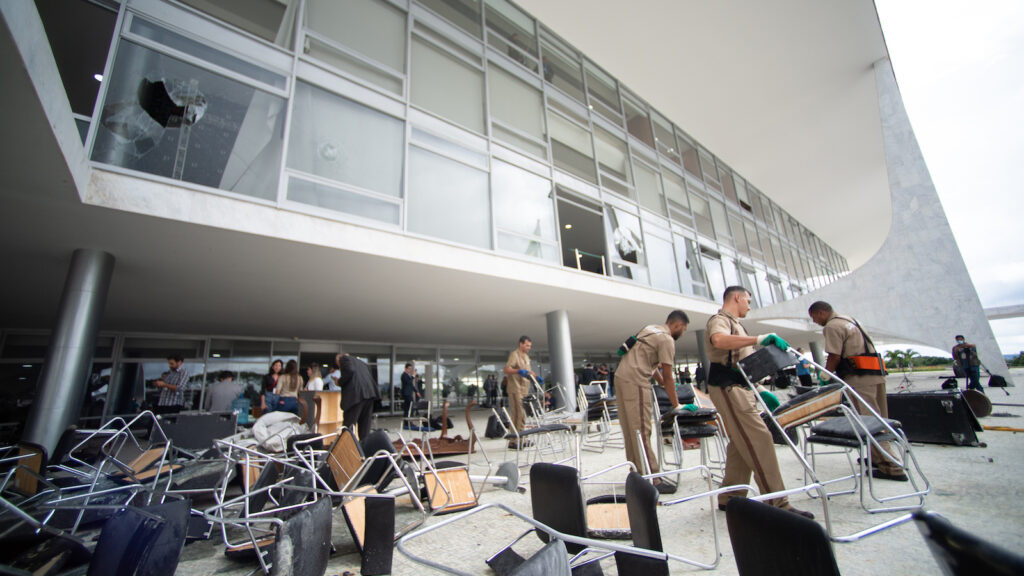America’s Migration Problem Is Being Used As a Political Football
An Altamar podcast with
Immigrants wait to board a U.S. Border Patrol bus to be taken for processing after crossing the border from Mexico on May 19, 2022 in Yuma, Arizona.
Photo by Mario Tama/Getty Images
Thousands of migrants are being bused from Texas and Arizona to Washington, D.C., and New York. Ahead of November’s upcoming U.S. midterm elections, politicians are using immigration as a wedge issue, adding fuel to an already hot fire. Most immigrants enter the United States legally, but there is a real crisis at the U.S./Mexico border.
The number of immigrants crossing the border has been spiking since 2013, haunting several presidents. The Trump administration’s border restrictions were seen as inhumane, the Biden administration took a friendlier stance, but border traffic has increased exponentially, and to burnish their right-wing credentials, the Republican governors of Texas and Arizona (and now Florida) are sending tens of thousands of migrants to Democrat areas. So how does this issue ever get solved?
For this week’s podcast, the Altamar podcast team of Peter Schechter and Muni Jensen spoke to Andrew Selee, president of the Migration Policy Institute, a leading global think tank on the issue. They began by asking for an overview of the current border crisis.
Selee said, “One can think, as I do, that immigration is generally good for the country and it has been one of the pillars that have made the United States successful, and at the same time [one can] worry that whatever system we had at the border, which has never been very robust to begin with, has really broken down. We’re not making decisions in any sort of sensible way about who comes across.”
The Factors Driving Migration to US
There are three converging factors driving people north from Central and South America in new ways. Selee explained, “We knew 10 years ago that [Central Americans] would start coming, the same way Mexicans did before them. It’s been exacerbated by violence, climate change and lots of other things. Those are momentary things, but they’re big momentary things.
Border communities tend to be the most open to migration. But border authorities and officers are letting lots of people come through because they are overwhelmed. It does create a sense of loss of control.
“And then you have what’s going on with the COVID recession and this interesting migration of the precarious middle class that lost their jobs during the crisis. And you have those three things converging at the same time.”
Altamar’s Peter Schechter asked, “It seems like the system is completely weighed down by failure. How do we right that wrong?” Selee answered, “There’s a deeper issue, which is that our immigration laws really are based on a change that was made in 1965. 1965 is an eternity away in terms of the American labor market and the composition of American society.”
11 Million People Are Not Going Home
“What we really need to do is to rethink our immigration system in a huge way. We’ve got 11 million people who have no documents but are living in the country permanently, and there’s no way they’re going back. So, in an ideal world, what we would do is restart and try to come up with what it is we need in terms of our future labor market. To begin to think of immigration as one element in that. How do we bring people who are already here into the labor market in better ways?”
The fuel to the fire is the busing of thousands of migrants to democratic-leaning cities and states. The governors of Texas, Arizona and Florida have put over 10,000 migrants on buses and planes to prove a political point. How does this political stunt help them? Selee explained, “Forget Florida. Florida is not a border state. But Texas and Arizona are facing a real humanitarian crisis, both for the migrants themselves and also for some of the communities on the border.
“Interestingly, border communities tend to be the most open to migration. But border authorities and officers are letting lots of people come through because they are overwhelmed. It does create a sense of loss of control. The governors [are] calling attention to a problem that border communities are feeling is a real problem right now. Which is that they’re not getting enough help.”
What Can the Cities Do to Help?
Over 10,000 migrants have shown up in cities like Washington D.C., New York, and Chicago. What should these cities do to make life better for these migrants and how do they get help to move forward?
Selee proposed, “There are some models here — the city of El Paso, for example, is looking at trying to help bus people to their destinations. They are sympathetic to the immigrants coming, but they also don’t want people sleeping in the streets. So, they’re trying to figure out how they can direct people to where they’re actually going rather than just to cities that they’re politically opposed to.”
What is the mix of migrants that is coming across the border? Selee answered, “It really is a mix of people from throughout the Southern hemisphere who are coming. Almost all of these people know where they’re going. They usually have either family or friends somewhere in the United States and they are headed to a specific destination where someone has told them they’re going to receive them. And in many cases … these people probably have a job waiting for them.”
And their visa status? Selee said, “It is confusing. … Actually, a lot of these people have a piece of paper that says, at least for a period of time, they’re allowed to stay in the country and apply for or wait for their case to be heard. Sometimes they don’t have anything, but once they apply, they do. It’s a mix of statuses, and we don’t even know what the numbers are on this, to be honest with you.”
How Do We Fix the Asylum System?
“We should be taking cases with asylum officers and making decisions in a few months. Secondly, we can expand legal pathways. Let’s use [the H2 visas] for what we can to try and give people a legal option to come. Three is how you do enforcement better in more humane ways, but also more effectively. Four is how do we actually support [other] countries that are hosting migrants? So, they don’t re-migrate and come north.
And lastly, the easiest population of all the 11 million people that are here without documents to talk about are the ones that have DACA, the young people who came as children. There is broad agreement on both sides of the aisle, that those are people who need legal security.”









